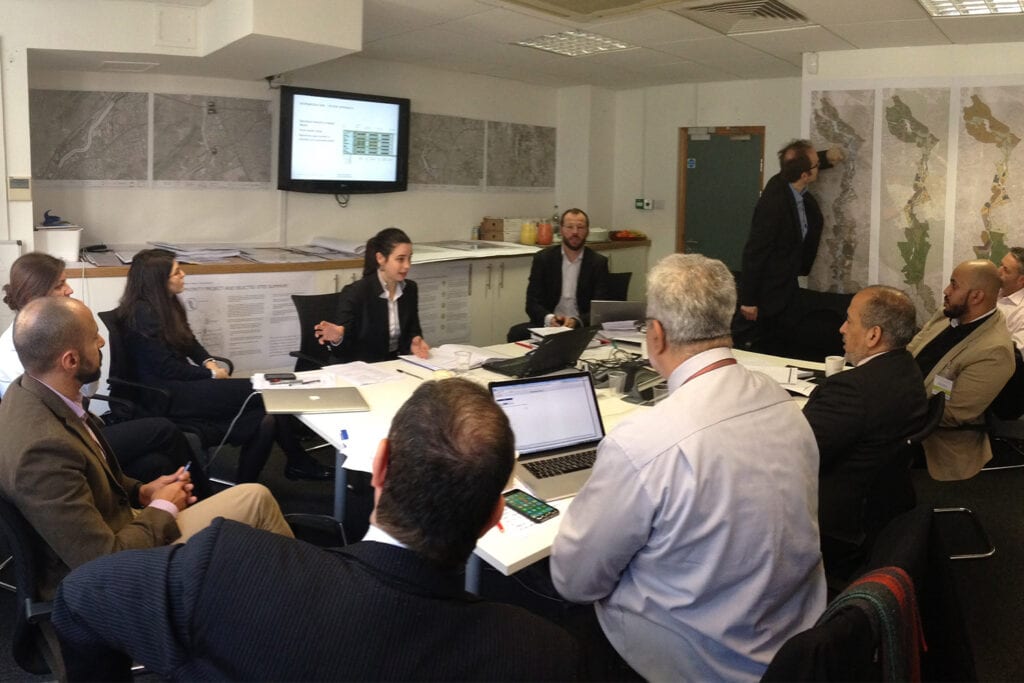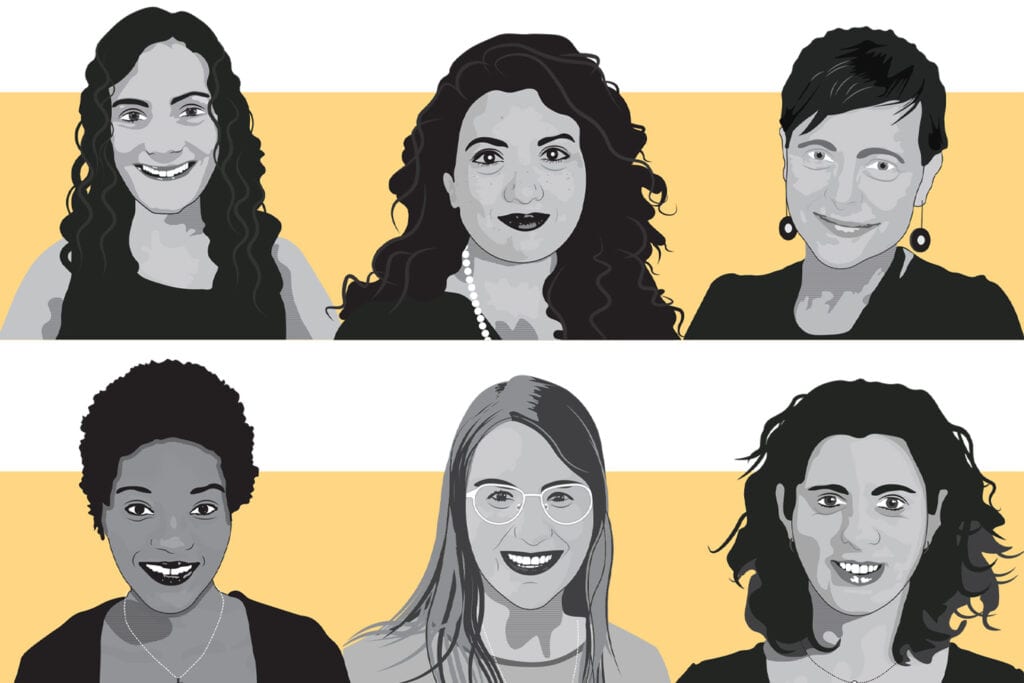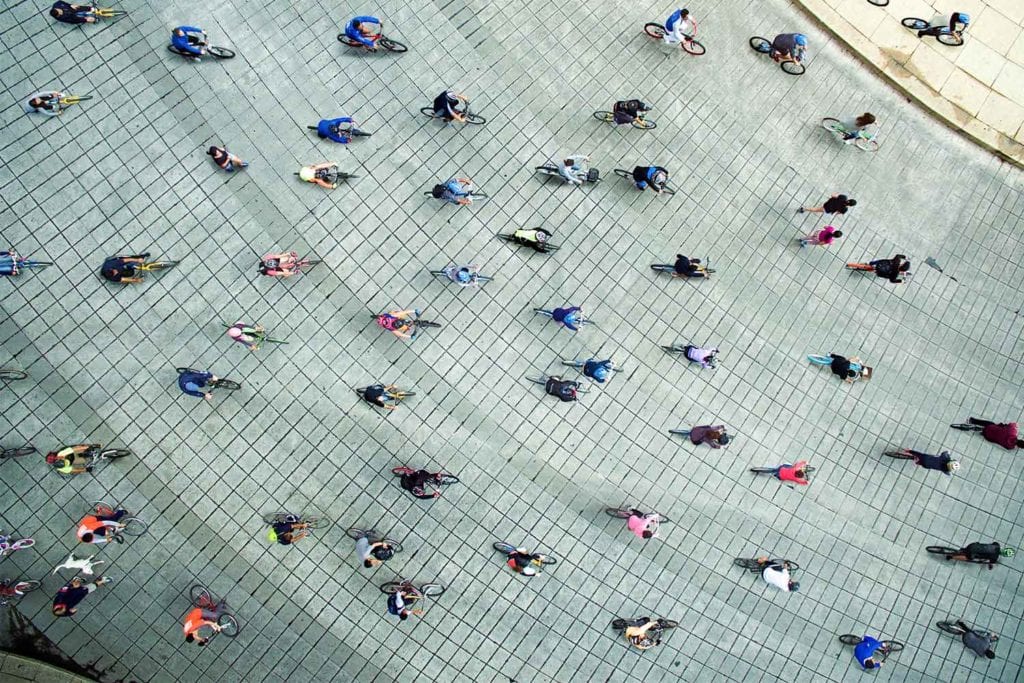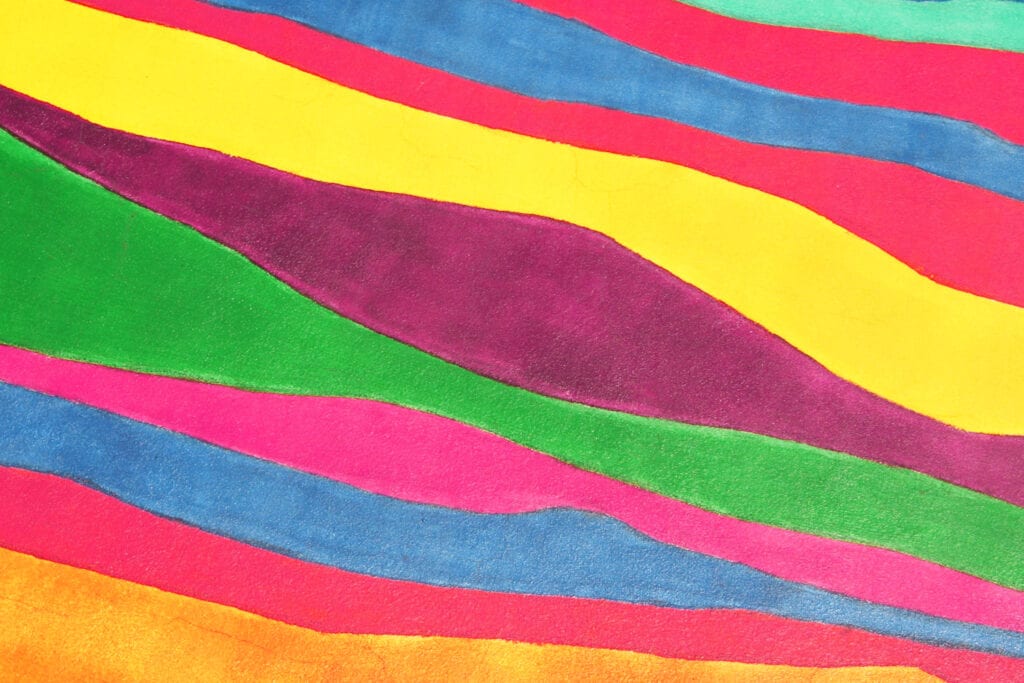Break the bias on International Women’s Day
This year’s theme for International Women’s Day is #BreakTheBias.
We all have a responsibility to identify and challenge our own biases against women. In the engineering sector, deliberate and unconscious biases are making it difficult for women to develop and advance professionally. Despite continued progress, women make up only 14.5% of engineers in the UK workforce1. At Buro Happold, 28% of our technical roles are held by women.
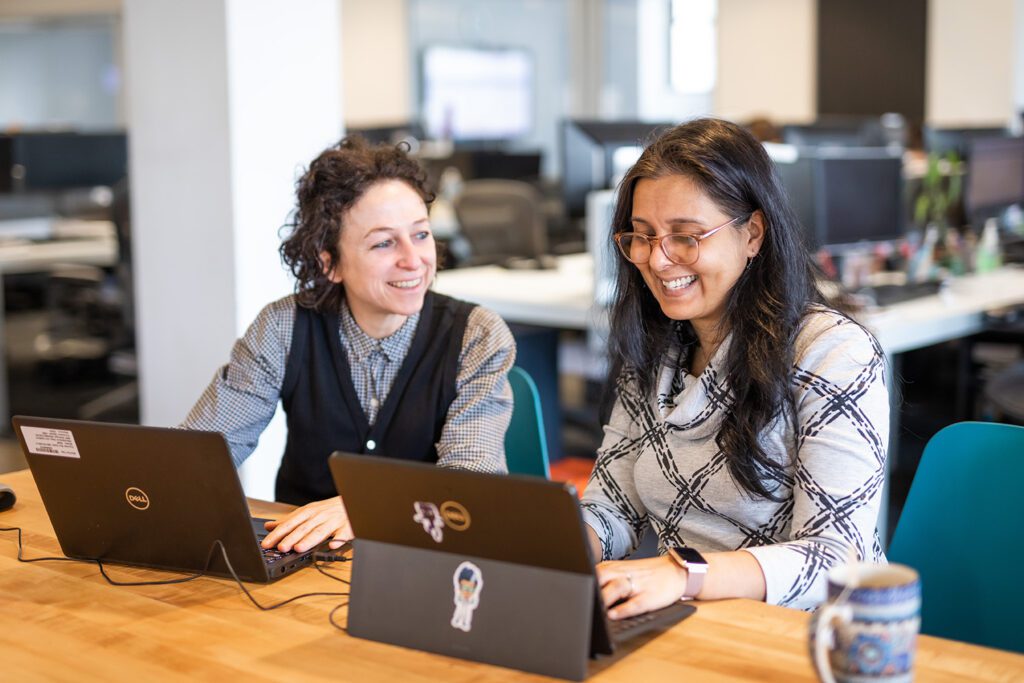
Lean In, a global community dedicated to helping foster leadership, advancement and inclusion for women in the workplace, outlines the five types of common bias women face as:
- Likeability bias: where we expect men to be assertive, so when they lead, it feels natural. We expect women to be kind and communal, so when they assert themselves, we like them less.
- Performance bias: where we underestimate women’s performance and overestimate men’s.
- Attribution bias: where we tend to give women less credit for accomplishments and blame them more for mistakes.
- Affinity bias: where we gravitate towards people like ourselves in appearance, beliefs and background, and avoid those who are different from us.
- Maternal bias: when motherhood triggers false assumptions that women are less committed to their careers, as well as being less competent.
Working within a sector where there is a massive engineering skills shortage, being able to attract and retain diverse talent is paramount. Therefore, tackling biases against women, and challenging preconceptions against our sector is vital.
Let’s demystify the profession
For many young people, the day-to-day work of an engineer can be a mystery, and as a result, it can conjure a distorted view of the engineering profession. The media often portrays engineers as working on construction sites and industrial machinery.
Search for “engineer” on Google Images. What do you see? Thankfully lots of images of women pop up. But why are there so many hard hats? The image of engineers in muddy boots, fluorescent jackets and hard hats is pushed to the fore, whilst those of us working in a desk-based engineering consultancy are hidden away. Myths and misconceptions about the profession often put girls off studying engineering and entering the field.
Perhaps an image of a woman drinking a coffee whilst analysing a spreadsheet is not as visually appealing, or instantly recognisable as an “engineer”. However, it would be a much more accurate representation of my day-to-day at Buro Happold. No high-vis jackets in sight for me, thank goodness.
This one-dimensional image of the engineering profession does a disservice to the diversity of roles available in our sector. Whilst site-based work is appealing to some, we are putting off a huge number of people who prefer office or home-based work, many of whom are women.
At Buro Happold, around a third of the roles we recruit for did not exist 10 years ago, and this trend is likely to continue. For example, initiatives such as This is Engineering have begun to show the diverse range of engineering roles available. These new insights fight against traditional perspectives.
When it comes to enticing women into the profession, we all have a responsibility to #BreakTheBias towards what being an engineer actually looks like.
Senior Energy Engineer Lara Balazs

Women in engineering
Whilst engineering is not a particularly diverse profession in the UK in terms of gender or race equity, there is a huge diversity in personality. I have met engineers across the broadest spectrum. From the quiet and understated, to the gregarious and extroverted and everything in between.
There is not one stereotypical woman in engineering. To caricature her as someone on a site in a pink high-vis jacket and hard hat is misguided and damaging.
Senior Energy Engineer Lara Balazs
Teams are successful when they have variety. Having differences of opinion, being able to see engineering problems from a different perspective, and being able to harness the creative energy of a diverse workforce enriches our work.
We can encourage this by bringing women from different walks of life into engineering. For example, those with alternative or no academic qualifications, those who have taken career breaks and those who work part time.
Typical “feminine” traits are vital to good engineering
Not all women display classically “feminine traits”, but it can be helpful to highlight attributes such as compassion, collaboration and empathy as key to good engineering design.
Using these skills to carry out meaningful stakeholder engagement, as well as being able to bring new perspectives, enhances our engineering solutions and people-focused design. We need teams that can draw on a variety of lived experiences to reduce our blind spots.
Characterising engineering as a “masculine” field raises barriers to women and perpetuates performance bias against female engineers.
The industry needs to own up to its mistakes in order to retain more women
Transparency is needed if we are to make the engineering workplace more welcoming to women. Biases against women are engrained in our society, starting from an early age. To paint our profession as a perfect beacon of inclusivity would be dishonest.
We need to actively listen to women impacted by biases, and then work with them to make the profession more inclusive. Owning up to our mistakes, and listening to women impacted by workplace discrimination and/or bias is crucial.
The Gender Pay Gap reporting and other initiatives such as the Royal Academy of Engineering and WISE’s GPG Research Project are crucial to engender workplace equality. Quantifying the problem and reporting progress within organisations means that we can better identify areas for improvement.
Employee network groups for women, such as Buro Happold’s Women’s Business Network and Senior Technical Women’s Forum, give platforms for women to raise their concerns and then work towards solutions to make a workplace that suits their needs.
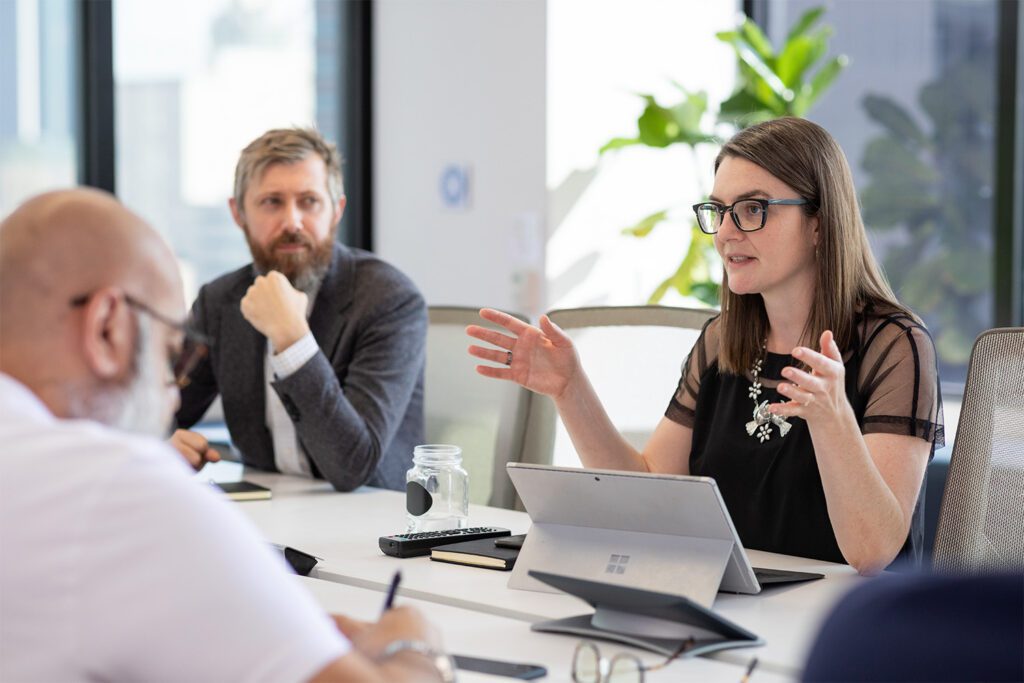
We all need to commit to #BreakTheBias
Biases against women are pervasive across society. Actively working to break these biases not only improves workplace environments for women, but it also helps the women impacted by our projects, and leads us to design better engineering solutions.
Sources:

